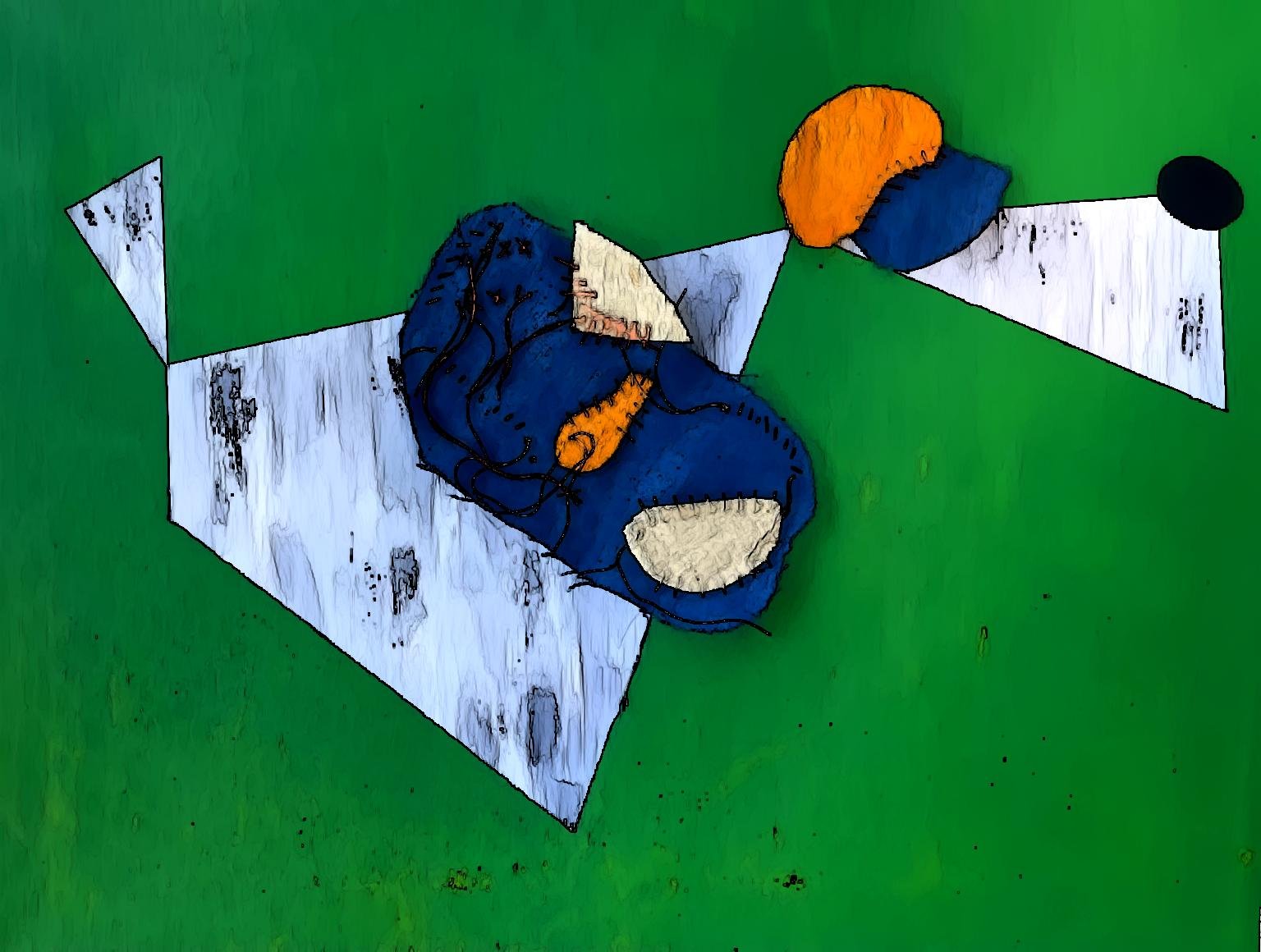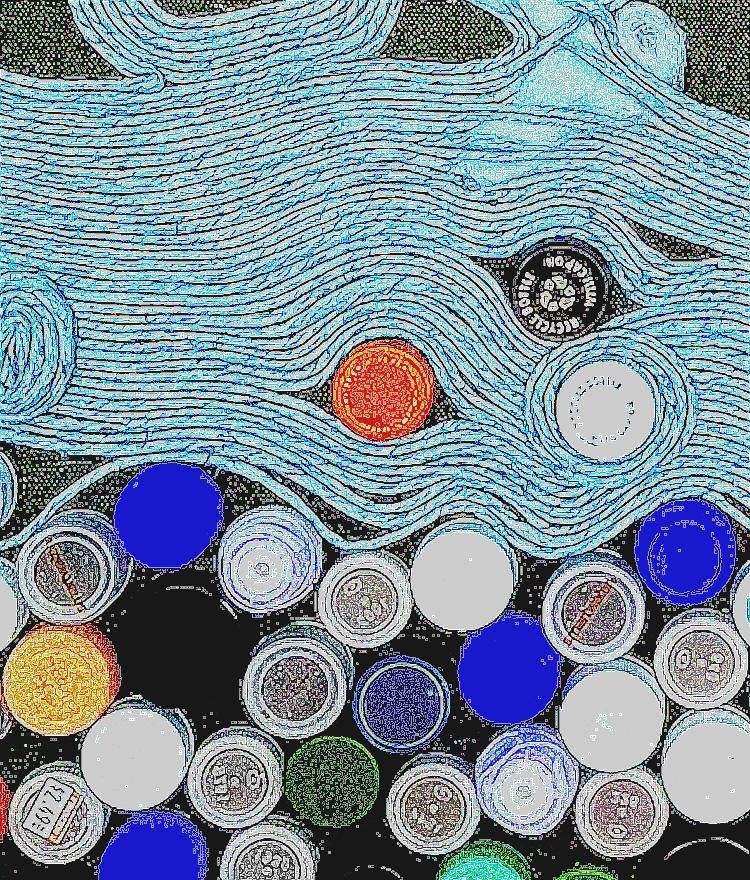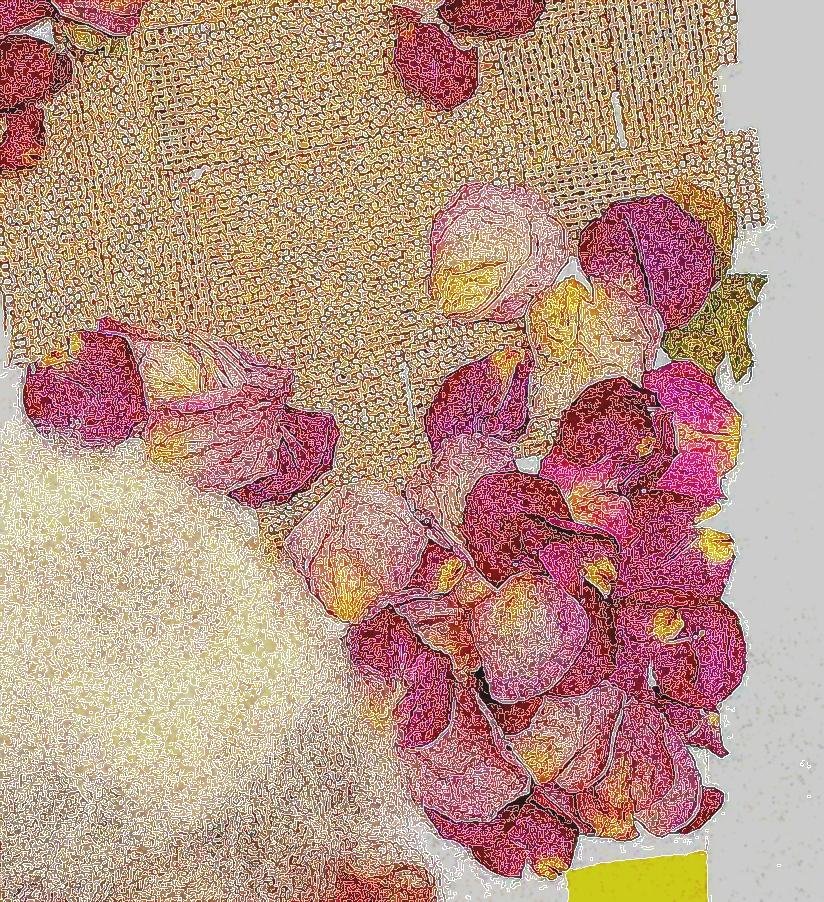Shuyi Qi on Eastern Philosophy, Sustainability, and Cultural Narratives
By Cansu Peker
Shuyi Qi is a multidisciplinary artist and designer whose work explores the intersection of art, sustainability, and cultural narratives. With a background in visual arts and design management, she brings together digital and traditional media to create thought-provoking pieces that invite reflection.
Inspired by the relationship between humanity and the natural world, Shuyi’s practice centers on themes of ecological preservation, coexistence, and cultural memory. Drawing from Eastern philosophy and aesthetics, she often weaves organic forms with contemporary techniques to reimagine our connection to nature. As both a creator and juror, Shuyi brings a thoughtful, layered perspective to the evolving dialogue in digital and contemporary art.
Her work has been exhibited internationally, including at Art Capital (Paris), Premio Firenze (Florence), Il Filo di Turandot (Turin), and Impacto Exhibition (São Paulo), and featured in publications such as Life Magazine USA, Ourculture, and United States News.
We asked Shuyi about her art, creative process, and inspirations.
Can you tell us about your background as a digital artist? How did you get started in this field?
My background in art and design has always been deeply rooted in visual storytelling and sustainability. My journey into art started as a way to expand my creative expression, integrating traditional art techniques with mixed materials and technologies. Over time, I developed a passion for blending art with sustainability, nature, and human connection themes. This intersection allows me to craft immersive experiences that provoke thought and dialogue on pressing global issues.
What inspires your art? Are there any particular themes or subjects that you enjoy exploring through your artwork?
My inspiration stems from the relationship between humanity and the natural world. I explore sustainability, ecological preservation, and the coexistence of people, animals, and the environment. My work often embodies the harmony between organic and mixed elements to create compositions that challenge viewers to rethink their connection to nature. Additionally, I draw inspiration from Eastern philosophy and aesthetics, weaving cultural influences into my contemporary artistic practice.
What is an event which you consider a milestone in your digital art career?
A significant milestone in my career was having my digital works Embrace and Harmony selected for the Impacto Exhibition in Brazil. This exhibition highlighted the power of digital art in addressing global issues, and being recognized on such an international platform validated my approach of merging digital techniques with meaningful storytelling. This experience expanded my reach to a broader audience and reinforced my belief in the potential of digital art to spark conversations around sustainability and environmental awareness.
Can you tell us about some of your favorite pieces or a past or upcoming project? What makes them special to you?
One of my favorite pieces is Embrace, which explores the delicate balance between nature and human intervention. This piece symbolizes the interconnectedness of life, emphasizing how our actions shape the world around us.
Sustainability is a key theme in your art. How do you integrate eco-conscious practices into your creative process?
Sustainability is not just a theme in my work but a core philosophy guiding my entire creative process. I carefully consider my materials, favoring recycled or eco-friendly resources whenever possible. My work often challenges viewers to reconsider their impact on the planet, aiming to inspire more mindful and responsible choices.
Among all the exhibitions you’ve participated in, is there one that stands out as particularly meaningful?
The Art Capital exhibition in Paris stands out as a significant experience. Exhibiting my work in such a prestigious and historically significant venue was inspiring. Art Capital brought together a diverse and culturally engaged audience, providing a unique platform to showcase my artistic vision. The opportunity to have my work recognized alongside influential contemporary artists reinforced my confidence in my creative direction and highlighted the power of art to foster meaningful connections and dialogue.
As someone deeply involved in both creating and evaluating art, where do you see digital art heading in the next decade?
I see digital art evolving toward greater interactivity and environmental responsibility. With AI, AR, and blockchain technology advancements, artists will have more opportunities to create immersive and sustainable works that push the boundaries of traditional mediums. Additionally, digital art will play a vital role in activism and social change, helping communicate urgent global issues visually and compellingly.
What is a dream project you’d like to make one day?
My dream project would be to create a large-scale interactive installation that combines digital projections, sustainable materials, and audience participation to explore the intersection of nature, technology, and human consciousness. This project would immerse viewers in an evolving digital ecosystem, encouraging them to reflect on their role in shaping the environment.
What is a profound childhood memory?
One of my most profound childhood memories is spending time in an artist’s studio, watching the meticulous process of creating traditional Chinese paintings. The beauty and discipline behind each brushstroke fascinated me and planted the seeds for my lifelong passion for art. That early exposure to artistic craftsmanship shaped my approach to creativity, blending traditional influences with contemporary innovation.





















